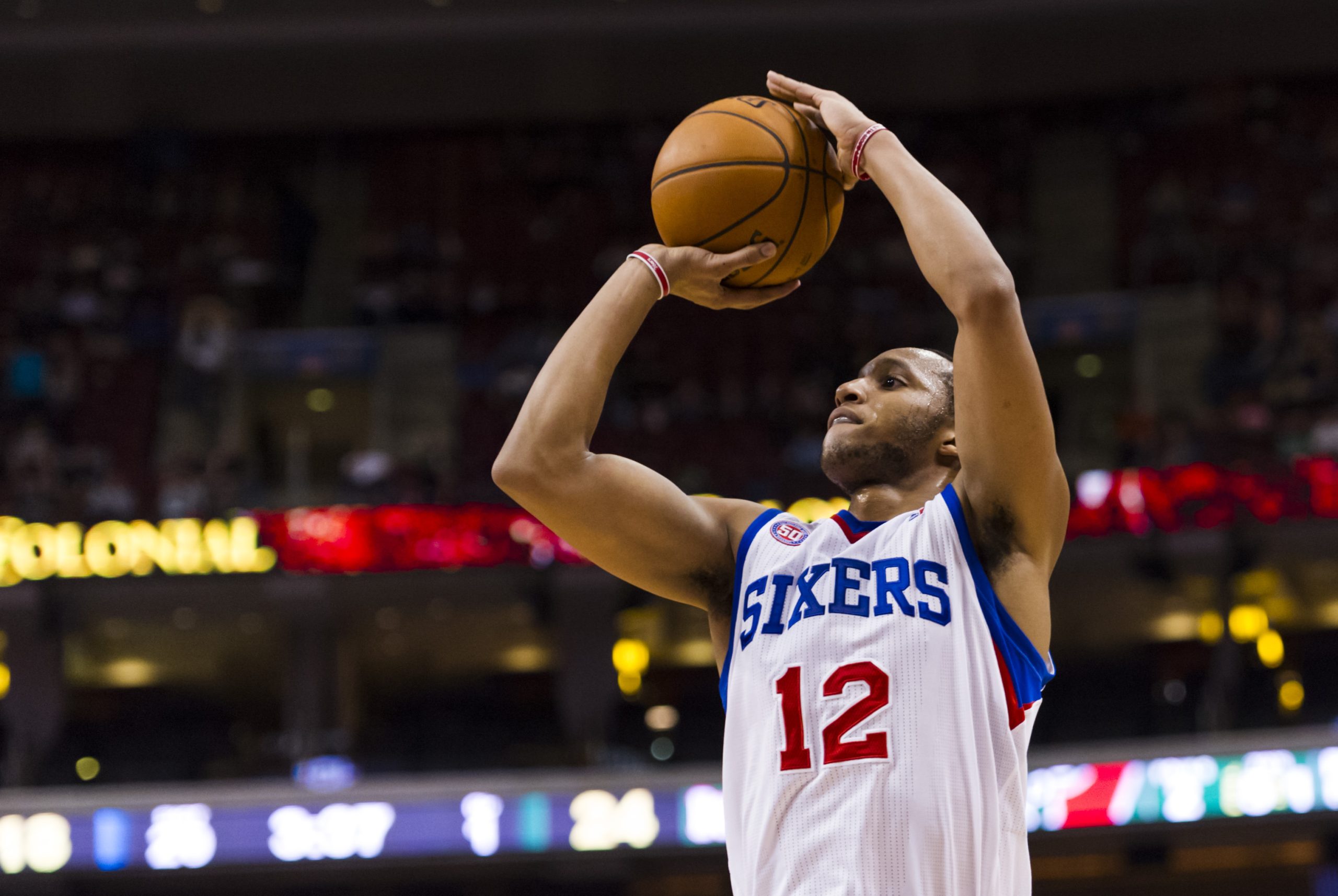
Over the past decade, the NBA has witnessed a dramatic shift in strategy, with “small ball” emerging as a defining feature of modern basketball. This approach prioritizes speed, agility, and perimeter shooting, often at the expense of traditional size and post-oriented play. Once considered a niche strategy, small ball has now become a cornerstone for many successful teams, redefining how the game is played and how players are evaluated.
The Origins of Small Ball
The roots of small ball can be traced back to teams that experimented with faster tempos and more dynamic lineups in the early 2000s. However, it was the Golden State Warriors during their dynasty (2014–2019) who cemented the strategy’s effectiveness on the grandest stage. Their “Death Lineup,” featuring Draymond Green at center and a bevy of sharpshooters like Stephen Curry and Klay Thompson, demonstrated that elite shooting, floor spacing, and defensive versatility could outweigh traditional advantages of size and rebounding.
Core Principles of Small Ball
Small ball revolves around a few key principles:
- Perimeter Shooting: Teams prioritize three-point shooting to maximize scoring efficiency and stretch opposing defenses.
- Switchable Defenses: Smaller, quicker players are better equipped to guard multiple positions, making defensive schemes more flexible.
- Pace and Space: By spreading the floor and increasing the tempo, teams aim to exploit mismatches and create open looks.
These principles require players who are versatile, skilled, and capable of thriving in multiple roles—a stark contrast to the specialization of traditional big men.
The Challenges for Traditional Big Men
As small ball gained traction, many traditional centers found themselves phased out of rotations. Players who relied on post-up scoring and lacked the agility to defend the perimeter struggled to adapt. However, some big men, like Nikola Jokić, Joel Embiid, and Brook Lopez, have thrived by developing skills that align with the demands of modern basketball, such as outside shooting, playmaking, and defensive mobility.
How Teams Are Adapting
Teams across the league have embraced small ball in different ways, tailoring it to their unique rosters. The Miami Heat, for instance, have deployed lineups featuring Bam Adebayo as a versatile defensive anchor who can guard all five positions. The Phoenix Suns, on the other hand, blend small ball principles with traditional big-man play by utilizing Deandre Ayton’s skills alongside perimeter threats like Devin Booker and Kevin Durant.
The Future of Small Ball
Looking ahead, small ball is likely to remain a central strategy in the NBA, but its evolution continues. Hybrid lineups that incorporate the best of both worlds—speed and size—are becoming increasingly popular. The Boston Celtics, for example, use Robert Williams III in a way that combines rim protection with switchable defense, allowing them to adapt to various opponents.
Meanwhile, the rise of positionless basketball suggests that labels like “small ball” may eventually fade as players become more versatile than ever. Young stars such as Victor Wembanyama and Chet Holmgren exemplify this trend, blending guard-like skills with the physical attributes of traditional centers.
Conclusion
Small ball has transformed the NBA, challenging long-standing conventions and inspiring a new generation of players and coaches to think creatively about the game. While it has faced criticism for diminishing the role of the post-up and interior play, its impact on offensive and defensive strategy is undeniable. As the league continues to innovate, small ball will undoubtedly play a pivotal role in shaping the future of basketball.
